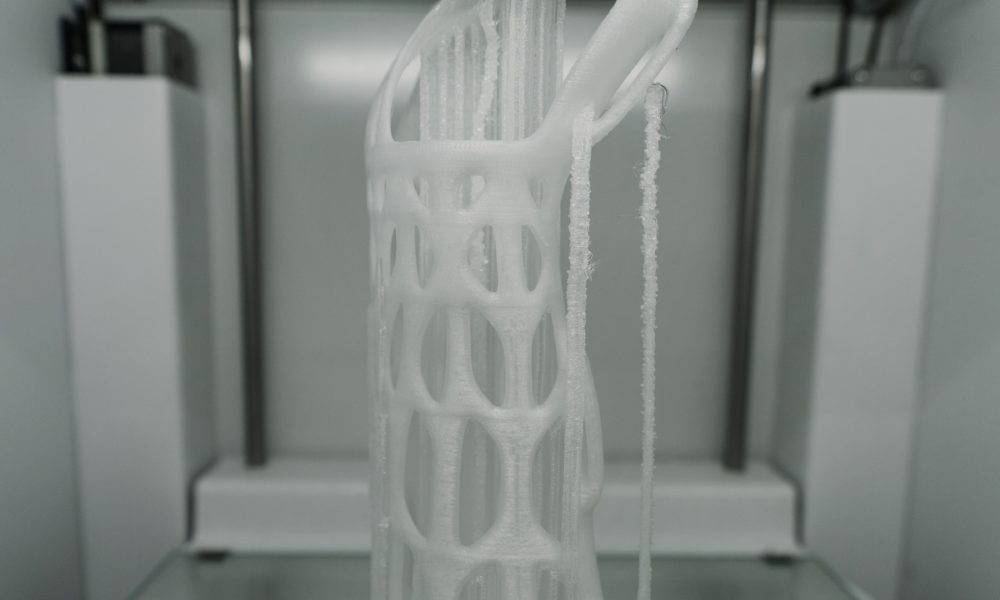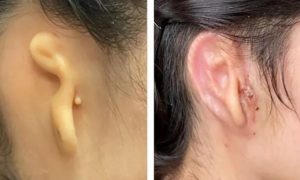
A 3D Printing Revolution in Healthcare
3D printers aren’t just good for printing prototypes or, in extremely large cases, building whole bridges or houses. Because the list of things that can be put into a 3D printer is quite possibly only limited by our imagination, what can be printed with it is equally unlimited.
Great advances have been made in 3D printing in the medical field. Originally used in the early 2000s to print dental implants and custom prosthetics in plastic or similar materials, such printers are now used to print everything from tissues, organs and bones to the means of drug delivery.
A 3D-printed ear using the patient’s own cells
In a historic first, a 20-year-old woman in the United States received a new ear printed from her own cells. 3DBio Therapeutics – a regenerative medicine company – conducted this first-of-its-kind clinical trial, creating an ear transplant for the patient made by taking about half a gram of cartilage cells from her one complete ear, reproducing the cells billions of times in a lab, and then inserting the cells into a 3D bio printer to print a mirror image of her healthy ear. Because it is made from her own cells, there is little chance her body will reject it.

Ear before and after implant
Source: 3DBio Therapeutics
The company hopes to use this procedure to treat people with microtia, a rare congenital condition in which one or both outer ears are absent or incompletely formed. Microtia affects approximately 1,500 babies born in the US annually.
Current approaches take cartilage from a person’s ribs, which is extremely painful and invasive, or use porous polyethylene implants.
“This is a truly historic moment for patients with microtia and, more broadly, for the regenerative medicine field as we are beginning to demonstrate the real-world application of next-generation tissue engineering technology. It is the culmination of more than seven years of our company’s focused efforts to develop a uniquely differentiated technology platform meeting the FDA’s requirements for therapeutic manufacturing of reconstructive implants,” said Dr. Daniel Cohen, the company’s CEO and co-founder.
This new procedure will help patients grow in confidence and self-esteem, and the cells themselves will continue to grow as well, regenerating cartilage as a normal ear does.
The company created the first 3D-bioprinted living tissue implant, and all of the processes and engineering solutions required to support the technology platform.
With 3D printing, customized prosthetics are being made to suit the wearer. This is particularly beneficial for children, who quickly outgrow their prosthetic limbs. The printing speeds up the process considerably, and creates cheaper products that offer patients the same functionality as traditionally manufactured prosthetics. This all opens up huge opportunity. As pointed out by Medical Device Network, the technology “could be used to replace human organ transplants, speed up surgical procedures, produce cheaper versions of required surgical tools, and improve the lives of those reliant on prosthetic limbs.”

